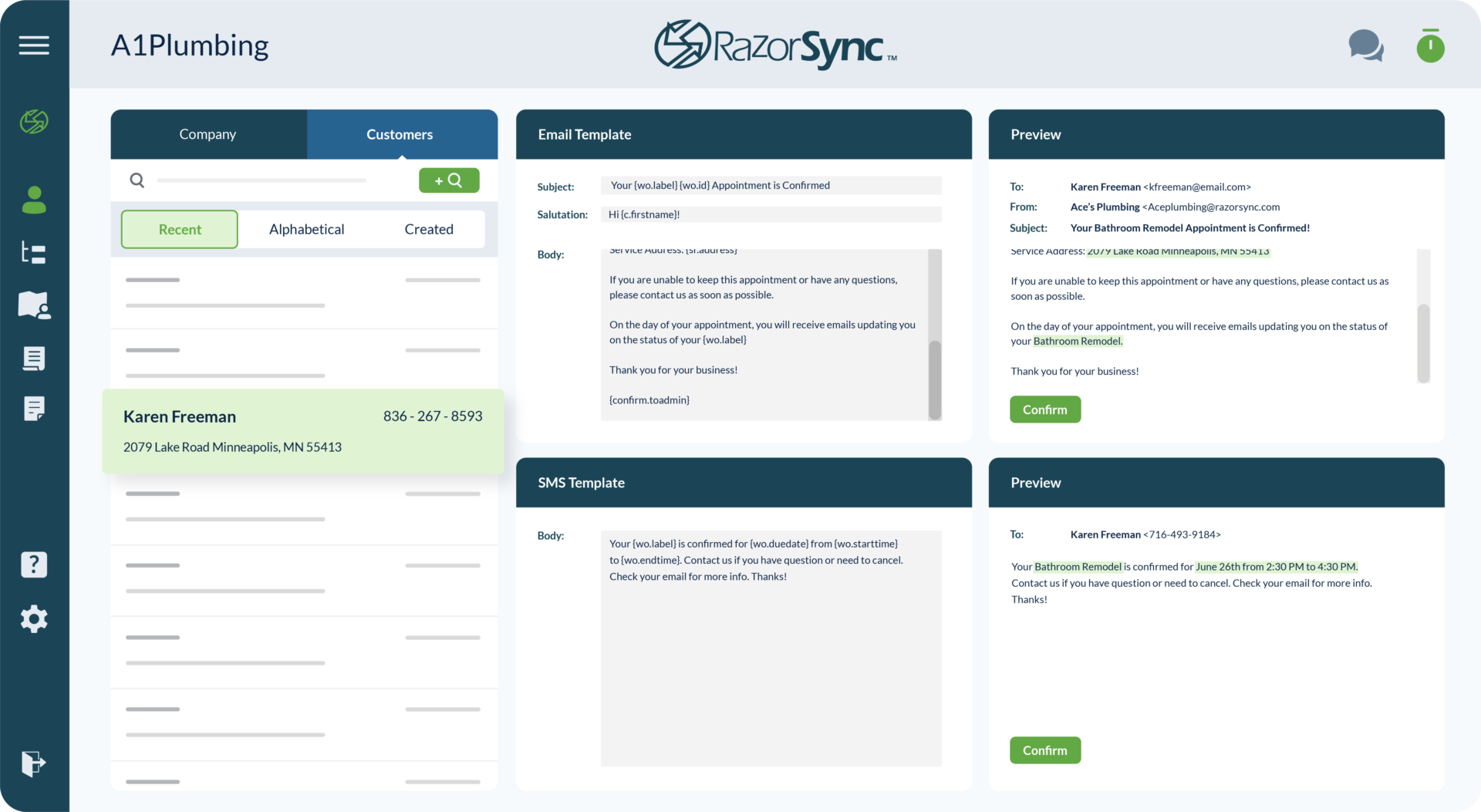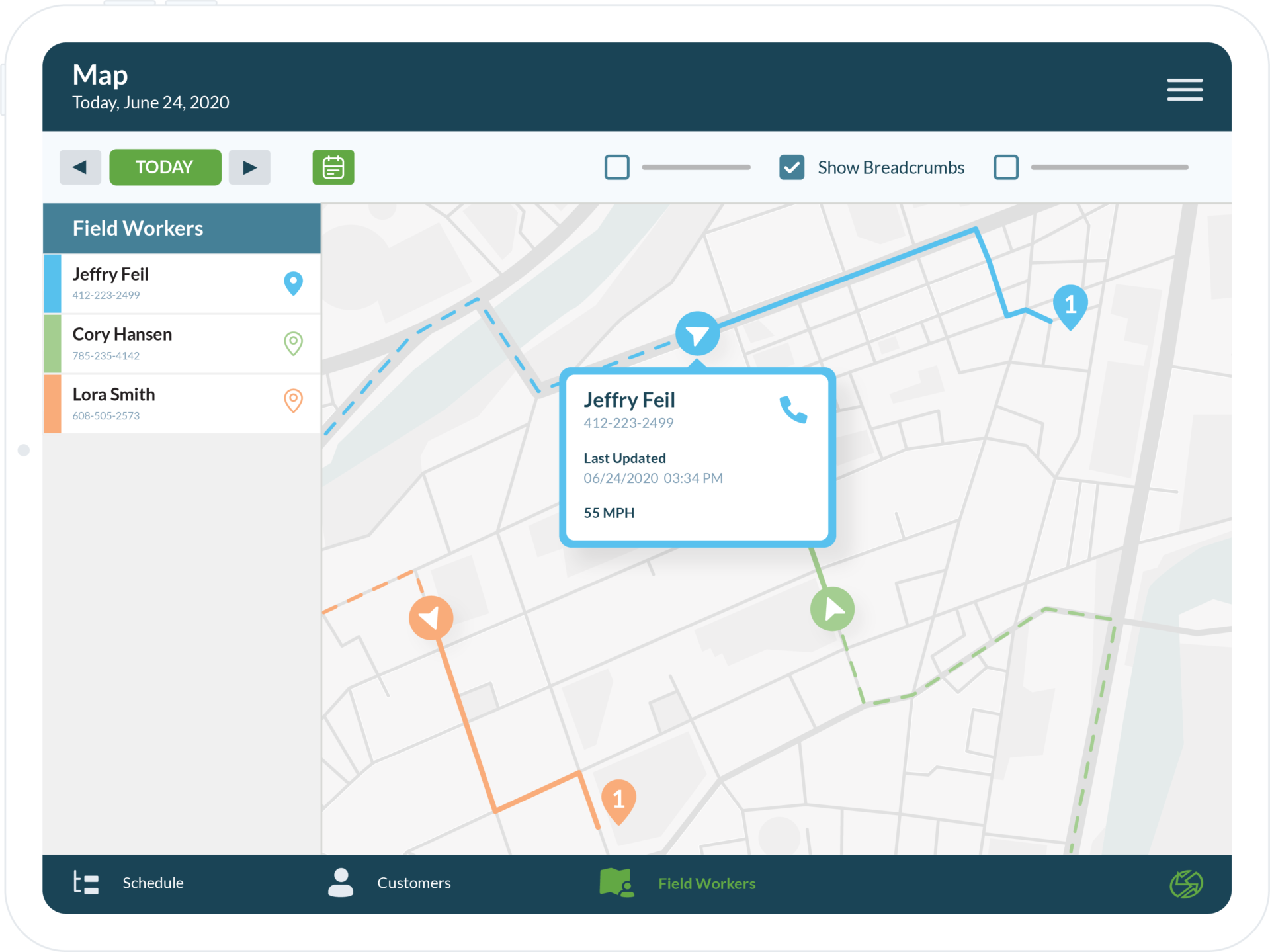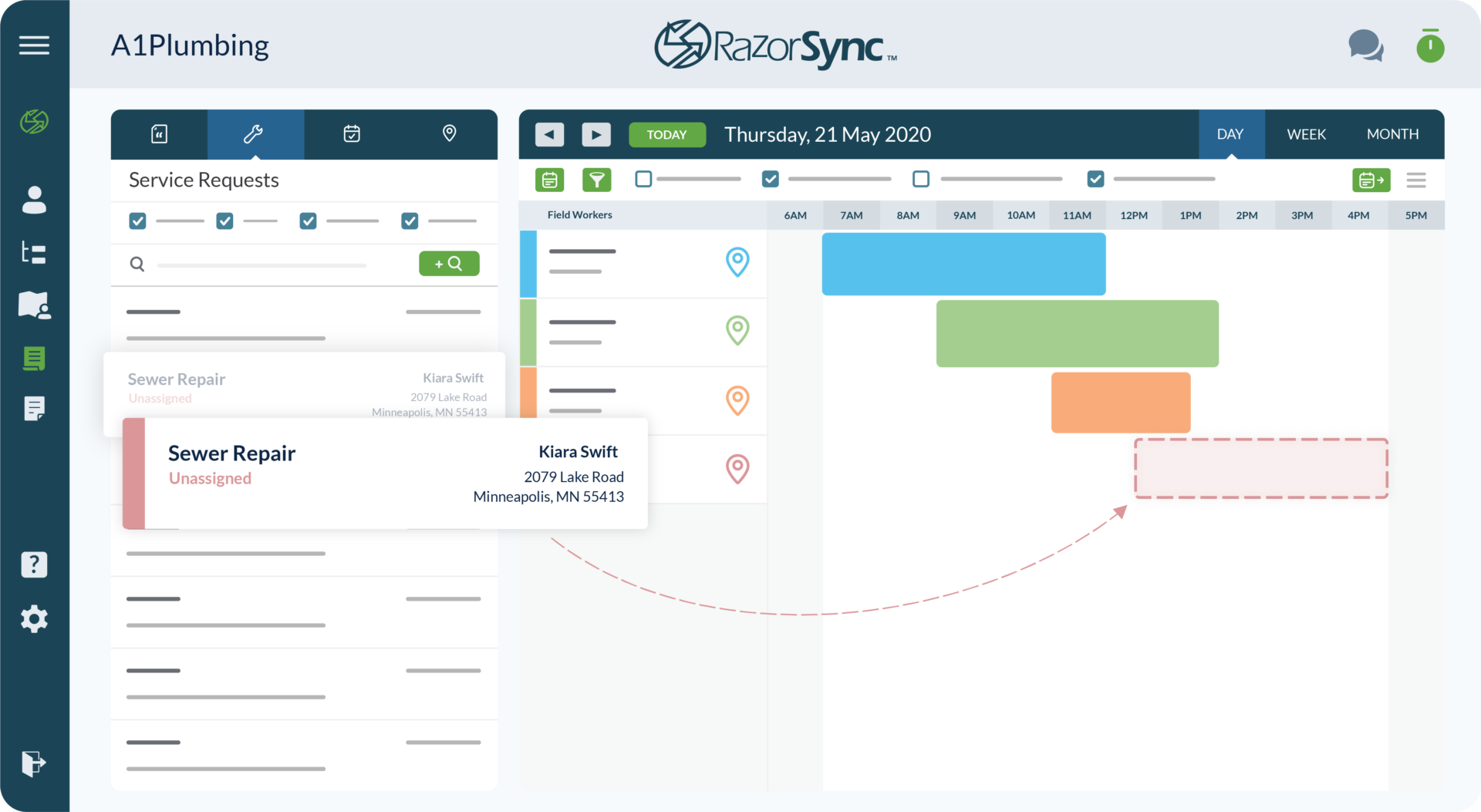A Technician’s Guide to Chimney Service: Preparation For The Fall and Winter
The best part of the colder months is being able to lounge by a warm fire after a long day. But, before your client can...
Aug 16, 2022
# of Minutes to Read
The best part of the colder months is being able to lounge by a warm fire after a long day. But, before your client can enjoy this, they need to prepare by scheduling a chimney service call. Your team of professionals need to inspect for any damages, make necessary repairs, and clean the area. This will ensure your clients have a safe, clean, and functioning chimney over the winter months.

Why is chimney service important?
After several months of non-use, any appliance needs basic maintenance and upkeep to prolong its lifespan and avoid unnecessary issues. Getting a pair of knowledgeable eyes on your client’s chimney will prevent potential hazards and damages. In fact, the National Fire Protection Association suggests that chimneys and fireplaces receive annual inspections. It is imperative that you put your client’s safety and well-being first when dealing with fire. That said, technician safety is equally as important. Ensure your team arrives on-site with the necessary protective tools for the job, including safety goggles, dust masks, and flashlights. That way, they aren’t intaking any harmful substances and have a well-lit workspace.
What to check during a chimney service call
Creosote buildup
Creosote is a wood preservative designed to combat pests that live in wood when it is stored outdoors. When that wood is burned in a fireplace and the airflow becomes blocked, it builds up in chimneys and becomes increasingly difficult to clean over time. When technicians spot buildup early, it can be cleared away more easily with a brush. If it is neglected over time, it takes on a tar-like consistency and eventually hardens.
Aside from being a hassle to remove, creosote poses numerous health risks to humans. According to the Center of Disease Control, Creosote buildup can irritate the skin, lead to liver and kidney issues, cause mental confusion, and in more severe cases, chemical burns and unconsciousness. With such harmful effects on human health, this must be a top concern for technicians during chimney service calls.
Damper function
A damper function, usually controlled with a rod or chain, controls the chimney airflow. As we touched on with Creosote, having proper ventilation is crucial to the health of the chimney and the homeowner. Communicate how to properly use this with the homeowner; when the fireplace is in use it must be pushed in or off, but when your client builds a fire it needs to be open. When conducting an inspection for a chimney service call, test that the damper can be easily opened and closed. After, instruct your technicians to position their heads under the chimney and conduct a visual inspection. When the damper is open, they should see the inside of the chimney, if not they will be face-to-face with metal.
Chimney cap
A chimney cap rests above the crown of the chimney to protect its structural integrity and keep debris, nature, and rain from entering the chimney. Any rain entering creates the risk of rust forming on dampers and other metal elements, and moisture can also weaken the foundation of the fireplace. On top of this, the chimney cap serves as a tool to contain any lingering or traveling fire embers – drastically reducing the risk of a roof or house fire.
When dispatching technicians, enforce detailed chimney service and inspections. That way, you will keep your clients safe and happy, help them maintain a functional chimney and fireplace, and build a stronger relationship.











